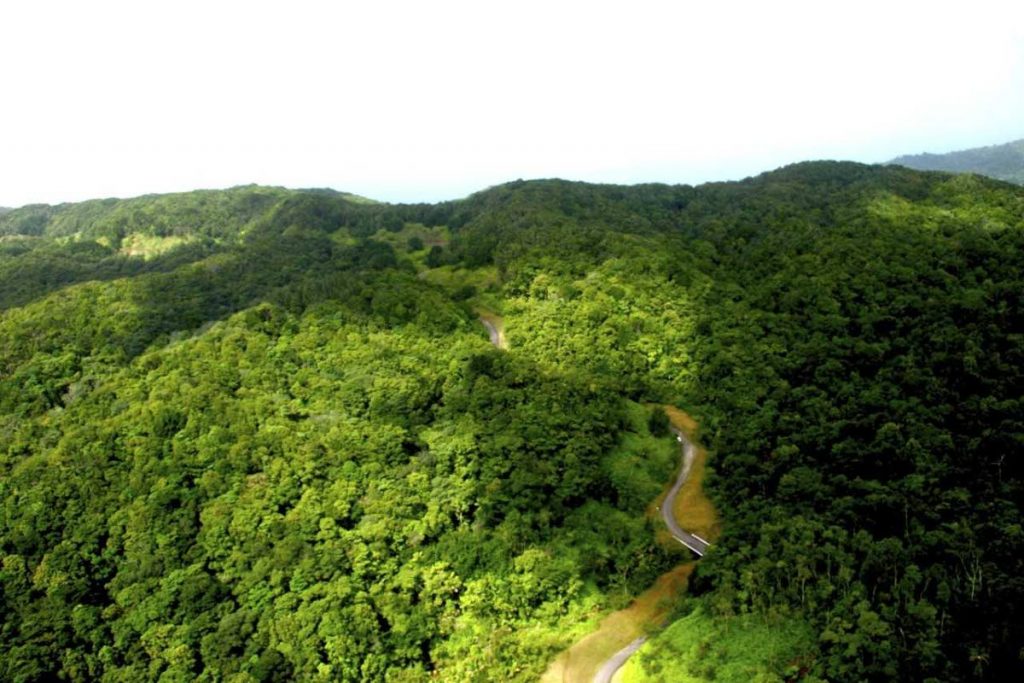Critical flaw in conservation

NEILA BOBB-PRESCOTT FAO
TT boasts of being the home of the oldest forest reserve in the western hemisphere – the Main Ridge Forest Reserve in Tobago, which was declared in 1764 – but there are some conservation issues we just don’t speak about – the “unspeakables.” The critical flaw in our approach to conservation of biodiversity is the lack of a legal framework to support improving management.
Many legal pieces
There are over 30 pieces of legislation affecting protected area management, spanning over 250 years. Yet the suite of laws do not adequately address management needs. They are largely fragmented and provide little clarity for on-the-ground action. The majority of laws were drafted in response to a specific issue and do not address critical systemic issues.
Take for example, the Marine Preservation and Enhancement Act 1 of 1970, amended in 2015, which designates Buccoo Reef in Tobago as a restricted area. The law was drafted and the area designated in response to a need to address management of the reef. To date, this is the sole marine area protected by law. Or one may look at the list of amendments to saved laws (laws predating the Constitution), such as the Forest Act Chapter 66:01 – amended repeatedly in attempts to address emergent issues.
Many land managers
As a consequence of the existence of the multiple pieces of legislation, there are multiple managers with conflicting management objectives. Under the 1915 Forest Act, Forestry Division has the legal responsibility for the management of forest in TT. Yet other laws give authority to other entities to perform management functions. These include the Commissioner of State Lands, Town and Country Planning, the Environmental Management Authority, Chaguaramas Development Authority, Fisheries Division, Water and Sewerage Authority, the Ministries of Tourism and Agriculture, Land and Fisheries and the National Heritage Trust of TT.
Consider also, that if the lands are vested in other entities, these entities also are given a role in the management of forests. These managers include Tobago House of Assembly, Petrotrin and National Quarries. It should be noted that the Forest Act does not exclude forest on private lands; hence managers such as Asa Wright Nature Centre, Pointe-a-Pierre Wildfowl Trust and Grafton Caledonia Wildlife Sanctuary are included as managers of forest.
Lots of losses
The issue of conflicting management objectives is apparent in the scarred landscape of forest. Recent analysis of 2014 remote sensing data revealed that the majority (21 of 35 forest reserves on Trinidad) have experienced ten per cent or greater loss of natural forest cover. Six of these 35 forest reserves in Trinidad have lost more than 50 per cent of their natural cover. The remote-sensing analysis suggests that the major reasons for the loss of natural forest cover across these areas include squatting (agricultural, residential and marijuana), oil and gas exploration, anthropogenic fire, road rights-of-way and timber plantation management.
Let’s remove the gag on these issues – wipe away the “unspeakables” – ventilate the issues so that we, as present stewards of this land, who are witnessing a decline in the viability of our forest, speak to each other about the history of these management approaches. Speak about our concerns and interest and implement laws and practices that improve the way we manage our protected areas now.
Improving Forest and Protected Area Management in TT is a four-year project being implemented by the Food and Agriculture Organization of the United Nations for the TT Government. Funding was provided by the government, FAO/UN, the EU and the GEF. For more information: http://eppd-tt.blogspot.com/p/gef-improving-forest-and-protected-areas.html. To learn more about our local forest and protected areas, visit: https://protectedareastt.org.tt/


Comments
"Critical flaw in conservation"